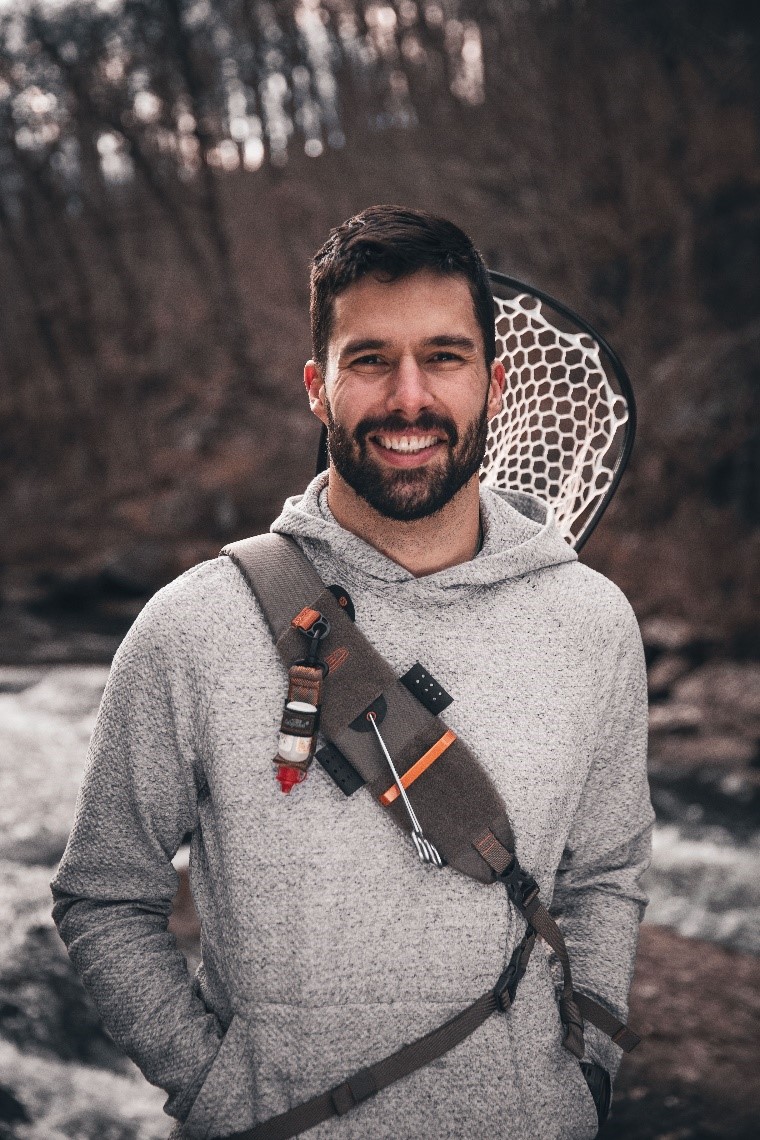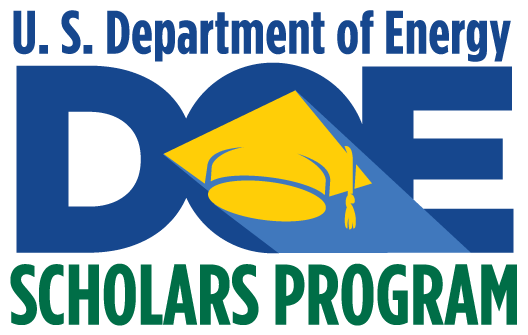Meet Nick Rodricks
Americans produce about 4.5 pounds of trash per person per day. In 2017, that amounted to 267 million tons of municipal solid waste. Rough estimates indicate about 52 percent of that waste is sent to landfills, while just 13 percent is sent to waste-to-energy (WTE or incineration) facilities in the United States.

Recent master’s graduate Nick Rodricks studied public perception of waste-to-energy facilities as a participant in the U.S. Department of Energy Scholars Program.
Nick Rodricks, a 2019 master’s graduate of Johns Hopkins University’s Bloomberg School of Public Health and Public/Environmental Health, studied public perception of WTE facilities as a participant in the U.S. Department of Energy (DOE) Scholars Program. Open to undergraduate and graduate students as well as recent graduates, the DOE Scholars Program is designed to help prepare participants for a full range of entry and mid-level research, technical and professional positions within DOE and organizations that support the DOE mission. Participants are assigned to research, technical or policy-related projects.
Rodricks served his appointment at DOE’s Advanced Research Projects Agency-Energy (ARPA-E)’s Waste Into X (WIX) Program.
“The legacy of trash incineration in our country is not a particularly positive one,” Rodricks said. “As a result, the public often has a negative reaction despite vast improvements in the technology over the last few decades.”
Much of the negative perception stems from past issues with dioxin, mercury and lead pollution that resulted from earlier forms of waste incineration, as well as opposition to WTE by the growing environmental justice movement.
Improved regulations and the implementation and enforcement of standards for WTE have led to improvements in technology, which can help reduce the amount of waste going to landfills.
Rodricks was mentored by Douglas Wicks, Ph.D., director of the ARPA-E WIX Program. Wicks and his team wanted to better understand how the public feels about WTE, why they feel that way and what the primary concerns around the technology are.
“We really wanted to understand why (the perception of WTE is negative), which elements of the technology are the most problematic and to what extent the public actually feels that way,” Rodricks said. “It was sort of a foregone conclusion that the public hates WTE, but we didn’t have a lot of good data to prove or disprove that. Since Doug’s projects rely on the presence of Municipal Solid Waste Incineration (MSWI), he wanted to make sure he had a complete picture of how the public felt.”
Rodricks researched media coverage of seven WTE facilities across the country. Locations represented a diversity of location, characteristics and public perceptions. More than 200 stories mentioning WTE over a five-year period were analyzed. Ninety-nine stories from 20 news outlets in seven locations were included in Rodrick’s review.
Positive and negative references to facilities were tallied and categorized along 44 perception categories that were placed in broader categories, including community concerns, pollutants, environmental justice and public health, and odor and noise. Rodricks’ research found that odor and noise weren’t consistent concerns; rather, most concerns related to siting of facilities and emissions, especially stack emissions. In addition to the media review, Rodricks studied demographics around the seven facilities and conducted a literature review on WTE.
He found that support for WTE does exist, and industries and municipalities need to do a better job of communicating the advancements in technology and the benefits of WTE while taking into account and addressing the concerns related to environmental justice. Three of the facilities he studied have very robust community education and outreach programs that could be replicated by others.
Rodricks believes WTE has immense potential in the U.S.
“Most of our trash here in the U.S. goes to a landfill where there is little opportunity to extract any value from it. If we want to reduce waste in the future and extract value from our trash, we have to engineer solutions… we can’t just drop it in a hole in the ground,” he said. “By understanding the root causes of negative public perceptions around WTE, we can engineer solutions that are not only more economically viable and more environmentally friendly, but we can also do them in a way that is acceptable to the public.”
Ironically, Rodricks became interested in WTE as an opponent to it.
“We have a WTE facility in Baltimore and there has been community action to shut down the facility for quite some time,” he said. “That was my initial perspective and one I still certainly respect and sympathize with. But I have gained a comprehensive understanding of the trash problem in the United States and now know that simple opposition doesn’t create a solution.”
He gives Wicks a lot of credit for meeting him where he was and not trying to change his mind and letting him figure out the facts on his own.
“I’m still an environmentalist first and foremost, but Doug helped me understand the complexity of the problem and why it will take years of cooperation, development and technological breakthroughs to get the MSW problem under control,” Rodricks said. “There is plenty of reason to be in opposition to facilities that pollute … we know that. However, we also have to make sure we have solutions in place before we shut anything down. Otherwise we create an even bigger environmental and social justice issue.”
While the coronavirus pandemic limited opportunities to present his research, Rodricks was able to present to all of the ARPA-E team, to program partners at Penn State University and to groups in Maryland who are interested in the debate over WTE. He adds that the pandemic changed the nature of his appointment from being in the lab with Wicks and his team to researching from home and communicating via Zoom, but he was able to talk to experts and conduct his research without interruption.
Rodricks hopes to continue working in the field because “I feel like I can help steer decision making around energy and industry so that our solutions to the world’s most pressing issues are done justly and with the environment in mind.”
The DOE Scholars Program is administered by Oak Ridge Associated Universities (ORAU) through the Oak Ridge Institute for Science and Education (ORISE) under an agreement with the U.S. Department of Energy (DOE).

